Hilo Heroes, May 31-June 6
By:
May 31, 2009
HAPPY BIRTHDAY, this week, to the following high-, low-, no-, and hilobrow heroes. Click here for more HiLo Hero birthdays.
MAY 31

Back when rock’s head was swelling, when the attention deficit disorder of a Keith Moon could be mistaken for genius, JOHN BONHAM (1948-80) was largely dismissed as a ham-fisted lout. Now we know that the quintessence of rock is the ham-fisted lout. As such, Bonham’s volume and physical command, his concern for rhythmic commitment rather than finesse or filigree, lends his sounds the meaty presence of a Rodin sculpture. The funkiest of classic rock drummers, Bonham peeled away the sluttish sauciness of the groove to reveal a chthonic vein of bubbling pitch that rooted his rhythms in the earth. Though many find the use of such organic metaphors a dodgy move in criticism, with Bonham one must simply bow before the upwelling force. If we do not acknowledge how low the lo in hilo can go, we are lost in the muddle of the middle, the fussy fill before the resounding return to the beat. — Erik Davis
JUNE 1
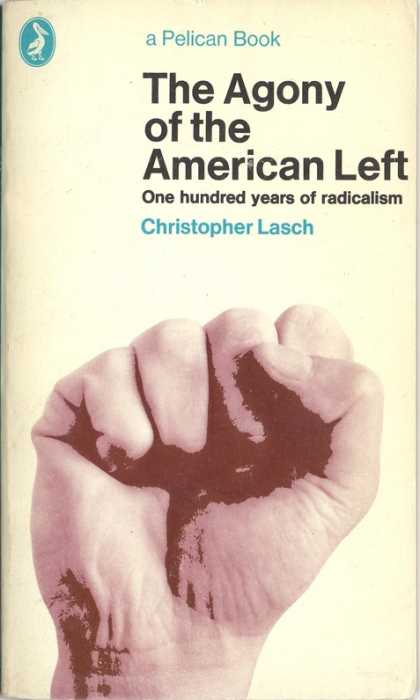
An intellectual historian and historian of intellectuals, CHRISTOPHER LASCH (1932-94) picked up the torch offered by negative-dialectical curmudgeons (T.W. Adorno, Dwight Macdonald) who’d rejected the shibboleths of liberals and conservatives alike. Pinpointing the social, political, cultural, and economic ills of the 1960s-80s, Lasch traced their origins to crucial moments in American history when reformists and change agents compromised their principles or lost their way. Why did the Left embrace a secular-messianic vision of an all-encompassing change in the human condition, achieved through the revolutionary transformation of society? Why did the Right abandon its suspicion of capitalism and its disastrous effects on traditional institutions? Lasch answered such questions with every bit as much anarchical lucidity as Thomas Pynchon and Woody Allen, whose greater wit made them not one whit more capable of preventing their Boomer juniors from exacerbating the errors of earlier rebels-with-a-cause. — Joshua Glenn
JUNE 2
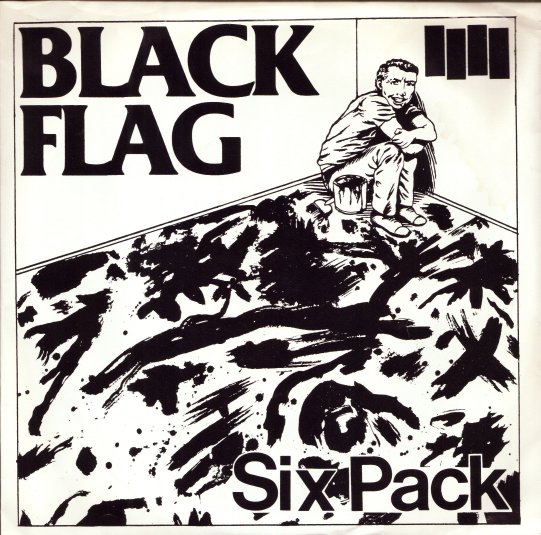
In the endless metamorphoses of Black Flag, it fell to DEZ CADENA (born 1961), son of a West Coast jazz producer, to be the band’s third lead singer, and then its first second guitarist. To both tasks he brought a weight of soul and a purity of intent that were the definition of Black Flag’s early years: hoarse, skinny, and existential as a frontman (“Just around the corner, there’s a bed of cold pave-ment, waitin’ for meeeeee….!!!!”), he switched to guitar upon the arrival of Henry Rollins and immediately added a dimension of almost limitless solemnity to the sonic brainstorms of Greg Ginn. There’s a lost-gospel feel to this brief five-man incarnation of Black Flag: scantily recorded, its heaviness is best commemorated on YouTube clips wherein you can also admire Dez’s beautiful and punk-enraging long hair. — James Parker
JUNE 3
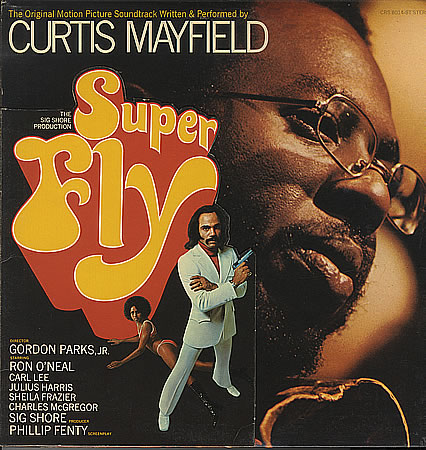
There are two kinds of people in this world: Shaft and Superfly people. But while Shaft and Isaac Hayes have long enjoyed an irony-driven revival, the far superior Superfly and CURTIS MAYFIELD (1942-99) are overdue for a comeback. Paralleling the films’ qualities, Mayfield’s soundtrack is simultaneously more campy, more moving, and more subversive than Hayes’. Mayfield did have his share of hits, both in and out of The Impressions: among them, “People Get Ready,” “Move On Up,” and “Freddie’s Dead.” But considering his influence on artists as diverse as Whitney Houston and Bad Brains, and his unique ability to chronicle urban black America from the tumultuous ’60s to the apocalyptic ’70s, we should be surrounded every day with Mayfieldiana. — Jason Grote
JUNE 4
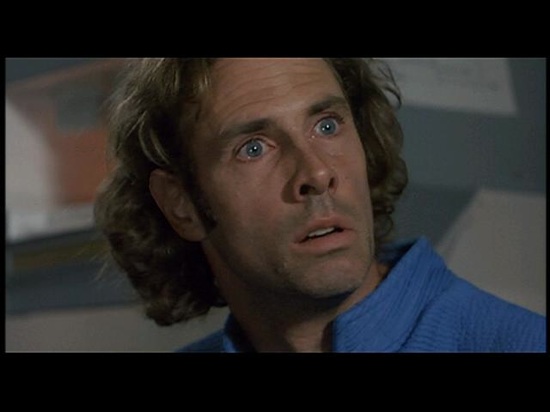
With his casual athleticism and big white teeth, with his good-looking features that somehow fail to coalesce into good looks, BRUCE DERN (born 1936) is the dropout personified — the kid who had every advantage but turned out bad. For all his superior acting chops, he seems most at home in an old Gunsmoke or a Movie of the Week. He’s usually playing some combination of motormouth, dreamer, or hustler, and he’s always at least a little unhinged. He strikes us as someone we’d like to go on a bender with. Maybe it’s all those Roger Corman movies (The Wild Angels, The Trip, Bloody Mama); Dern just seems like he’d be up for anything. — Mimi Lipson
JUNE 5
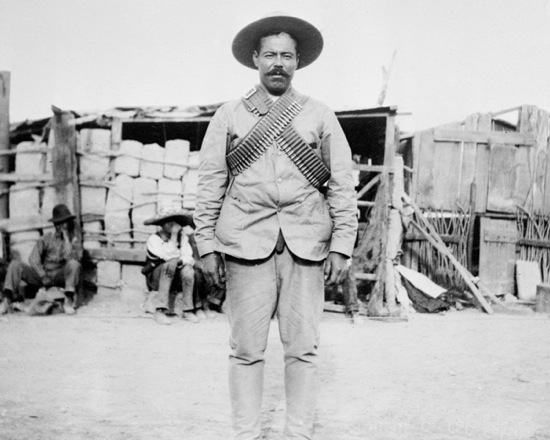
PANCHO VILLA (born Doroteo Aranga Arámbula; 1878-1923) was an outlaw with a world-class strategic intelligence who became a general during the chaotic and unending Mexican Revolution. John Reed was present in the Governor’s palace in Chihuahua when Villa was honored by the elegantly turned-out officers of his artillery corps: “He was dressed in an old plain khaki uniform, with several buttons lacking. He hadn’t recently shaved, wore no hat, and his hair had not been brushed.” He slouched on the throne during the speeches, “his mouth hanging open, his little shrewd eyes playing around the room.” When they gave him the medal, he peered at it and said, “This is a hell of a little thing to give a man for all that heroism you are talking about!” Then he spat violently on the floor. (Insurgent Mexico, 1914) Actors who have portrayed Villa include Wallace Beery, Leo Carillo, Alan Reed, Yul Brynner, Telly Savalas, and Freddy Fender. — Luc Sante
JUNE 6

Filmmaker CHANTAL AKERMAN (born 1950), the arthouse precursor to Charlie Kaufman, Jem Cohen, and even Sam Mendes, took one small step for a woman, and one giant leap into interstitial space, with her investigations of what lies between the subject and the object, the intention and the action, the you and the me. Akerman works against the phallic thrust of narrative climax by alternating between leisurely investigations of domestic details (Jeanne Dielman, shown above), and manic picaresque activity (Toute une nuit), the kind usually left out of “the story,” in order to show how we build our lives between the overlooked and the busy. Refreshingly feminist, and often very funny, she uses absurd and unrelated settings and events to release the tethers from our stories and set them free. — Peggy Nelson
